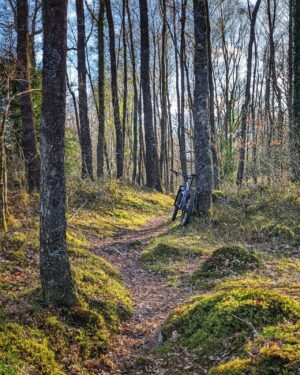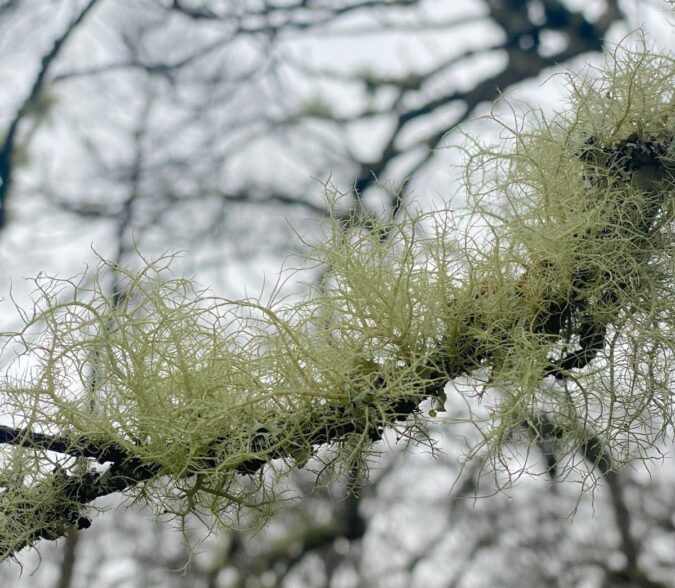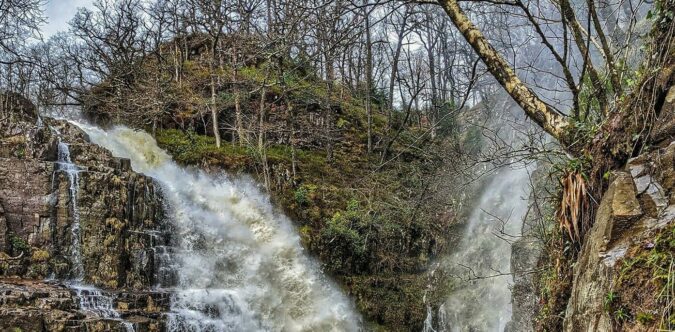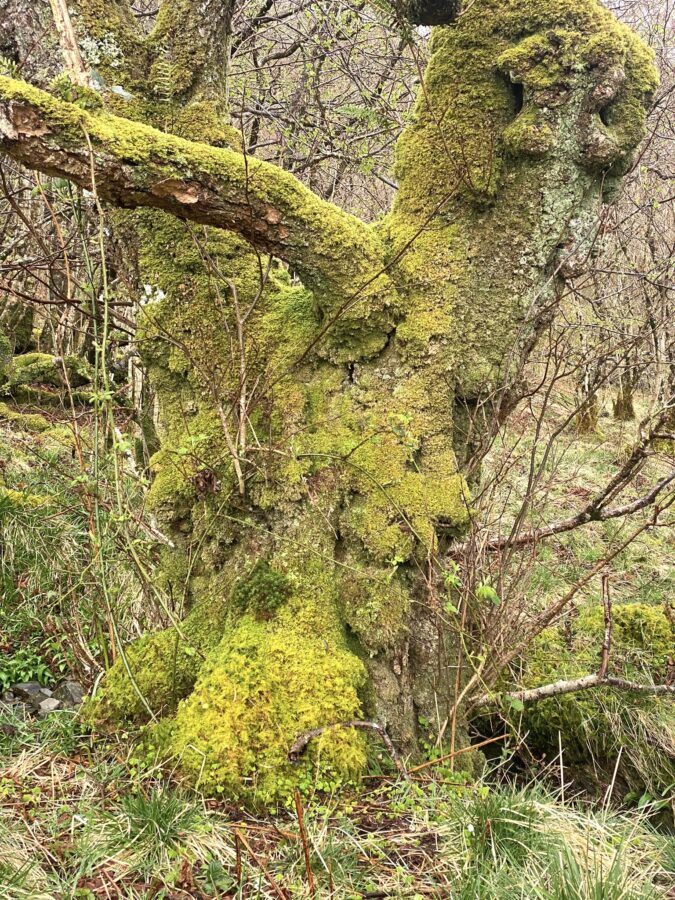Temperate rainforest or ‘Atlantic woodlands’, a WoodlandsTV film

Around the western coast of Britain, there are some rare and beautiful woodlands sometimes referred to as "temperate rainforest” or “Atlantic woodlands’. There are such woodlands in North Wales, rich in ancient oaks and birch. They are ancient woodlands. Such woodlands have little value in terms of timber but contribute massively to biological diversity - the trees are covered with different moss, liverwort and lichen species, underneath there is a ‘carpet’ of bilberries and varied ferns.
These woods have developed as a result of the influence of the Gulf Stream. This keeps the area warm but also wet, the incoming air is also ‘clean’, creating woodlands unlike others in Britain. Such woods have a damp and humid feel and this dampness encourages mosses, liverworts, lichens and fungi. They are to be found on the rough bark of oak, the smooth bark of hazel, and covering rocks. When one plant grows on another, it is termed an epiphyte. The tree canopy helps to ‘lock in’ the moisture. 
These epiphytes are discussed in some detail by April Windle of the British Lichen Society in a recent WoodlandsTV film on Temperate Woodlands, which can be viewed below.
The damp and humid conditions are also helped by the streams and waterfalls in these woods, plus the abundance of the epiphytes ensures that there is constant evaporation. The difficult access and rugged terrain of some of these woodlands may have helped them remain unchanged for centuries, probably dating back to the last ice age.

Temperate rainforest must once have covered the Atlantic fringe of Western Europe, ranging from North West Scotland all the way down to the Iberian Peninsula. Temperate rainforest is biodiverse, home to species not found anywhere else in the world. Bats find a home here, such as the greater and lesser horseshoe bats, where they feed upon the rich source of invertebrates that thrive in these woodlands.
The challenge for an owner of such a woodland is how to protect and manage it. It is not just a case of leaving them alone. Winter grazing controls the bramble and holly, this helps protect the mosses and lichens, ensuring natural regeneration can occur. If bramble and other botanical thugs gain an upper hand, then the mosses etc will be shaded out. Tree seedlings would also struggle to establish themselves. The intensity / frequency of grazing is critical, Natural Resources Wales (NRW) suggests one sheep per hectare for the winter months. Ponies can be used for such grazing but they need more management than sheep.

The range of Woodlands TV films can be seen on the Woodlands TV channel on You Tube : https://www.youtube.com/@WOODLANDSTV
Comments are closed for this post.
